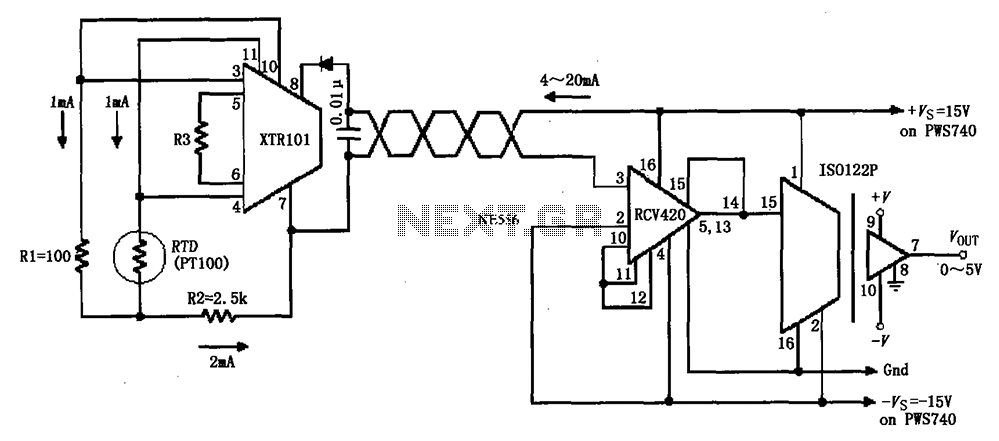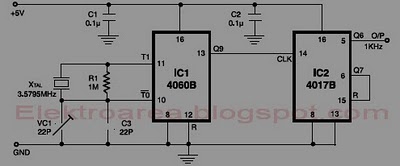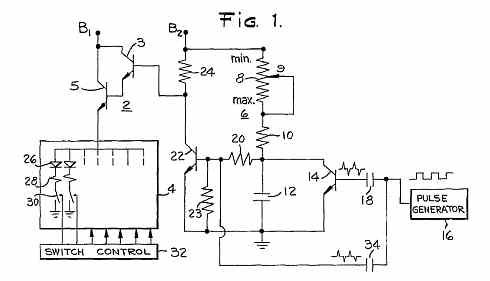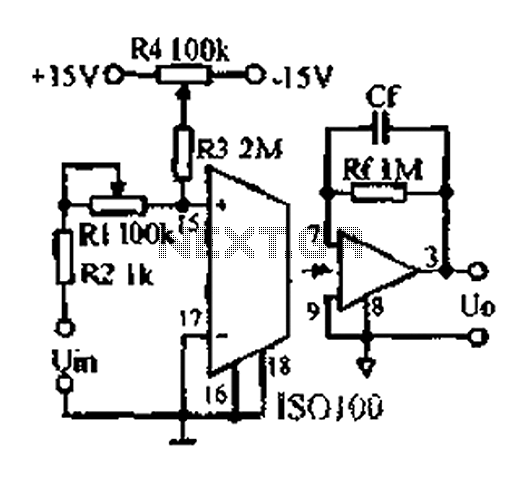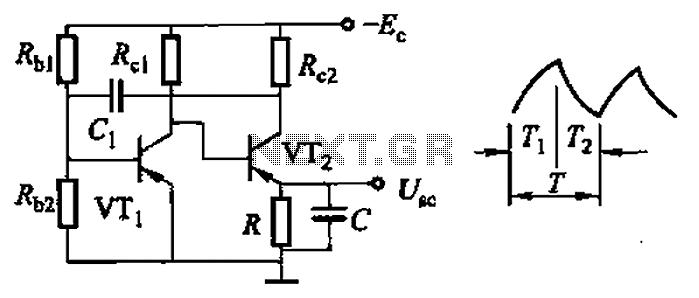
Nissan Sentra 1.6 Liter Manual Transmission Starter Circuit Wiring Diagram
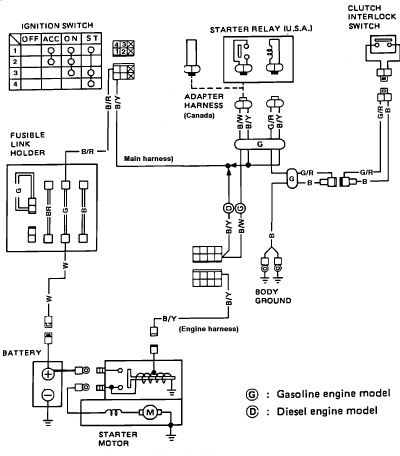
Nissan Sentra 1.6 Liter Manual Transmission Starter Circuit Wiring Diagram.
The Nissan Sentra 1.6 Liter manual transmission starter circuit wiring diagram provides a visual representation of the electrical connections involved in the starting system of the vehicle. This diagram is essential for understanding how the starter motor, ignition switch, battery, and other components are interconnected to facilitate engine starting.
The circuit typically includes the following key components: the battery, which supplies the necessary voltage; the ignition switch, which activates the starter relay; the starter relay, which controls the flow of current to the starter motor; and the starter motor itself, which engages the engine flywheel to initiate the engine's operation.
In a typical setup, the ignition switch is connected to the battery and the starter relay. When the ignition switch is turned to the start position, it sends a signal to the starter relay, which then closes its contacts and allows current to flow from the battery to the starter motor. This action engages the starter motor, which cranks the engine.
Additionally, safety features may be included in the circuit to prevent accidental starting, such as neutral safety switches that ensure the vehicle is in the correct gear before allowing the starter to engage. The wiring diagram will indicate the specific colors and gauge of wires used, as well as the locations of connectors and any fuses or circuit breakers that protect the system from overloads.
Understanding this wiring diagram is crucial for troubleshooting starting issues, performing repairs, or making modifications to the starter circuit in the Nissan Sentra 1.6 Liter with a manual transmission. Proper interpretation of the schematic ensures that technicians can accurately diagnose problems and implement effective solutions.Nissan Sentra 1.6 Liter Manual Transmission Starter Circuit Wiring Diagram. 🔗 External reference
The Nissan Sentra 1.6 Liter manual transmission starter circuit wiring diagram provides a visual representation of the electrical connections involved in the starting system of the vehicle. This diagram is essential for understanding how the starter motor, ignition switch, battery, and other components are interconnected to facilitate engine starting.
The circuit typically includes the following key components: the battery, which supplies the necessary voltage; the ignition switch, which activates the starter relay; the starter relay, which controls the flow of current to the starter motor; and the starter motor itself, which engages the engine flywheel to initiate the engine's operation.
In a typical setup, the ignition switch is connected to the battery and the starter relay. When the ignition switch is turned to the start position, it sends a signal to the starter relay, which then closes its contacts and allows current to flow from the battery to the starter motor. This action engages the starter motor, which cranks the engine.
Additionally, safety features may be included in the circuit to prevent accidental starting, such as neutral safety switches that ensure the vehicle is in the correct gear before allowing the starter to engage. The wiring diagram will indicate the specific colors and gauge of wires used, as well as the locations of connectors and any fuses or circuit breakers that protect the system from overloads.
Understanding this wiring diagram is crucial for troubleshooting starting issues, performing repairs, or making modifications to the starter circuit in the Nissan Sentra 1.6 Liter with a manual transmission. Proper interpretation of the schematic ensures that technicians can accurately diagnose problems and implement effective solutions.Nissan Sentra 1.6 Liter Manual Transmission Starter Circuit Wiring Diagram. 🔗 External reference
